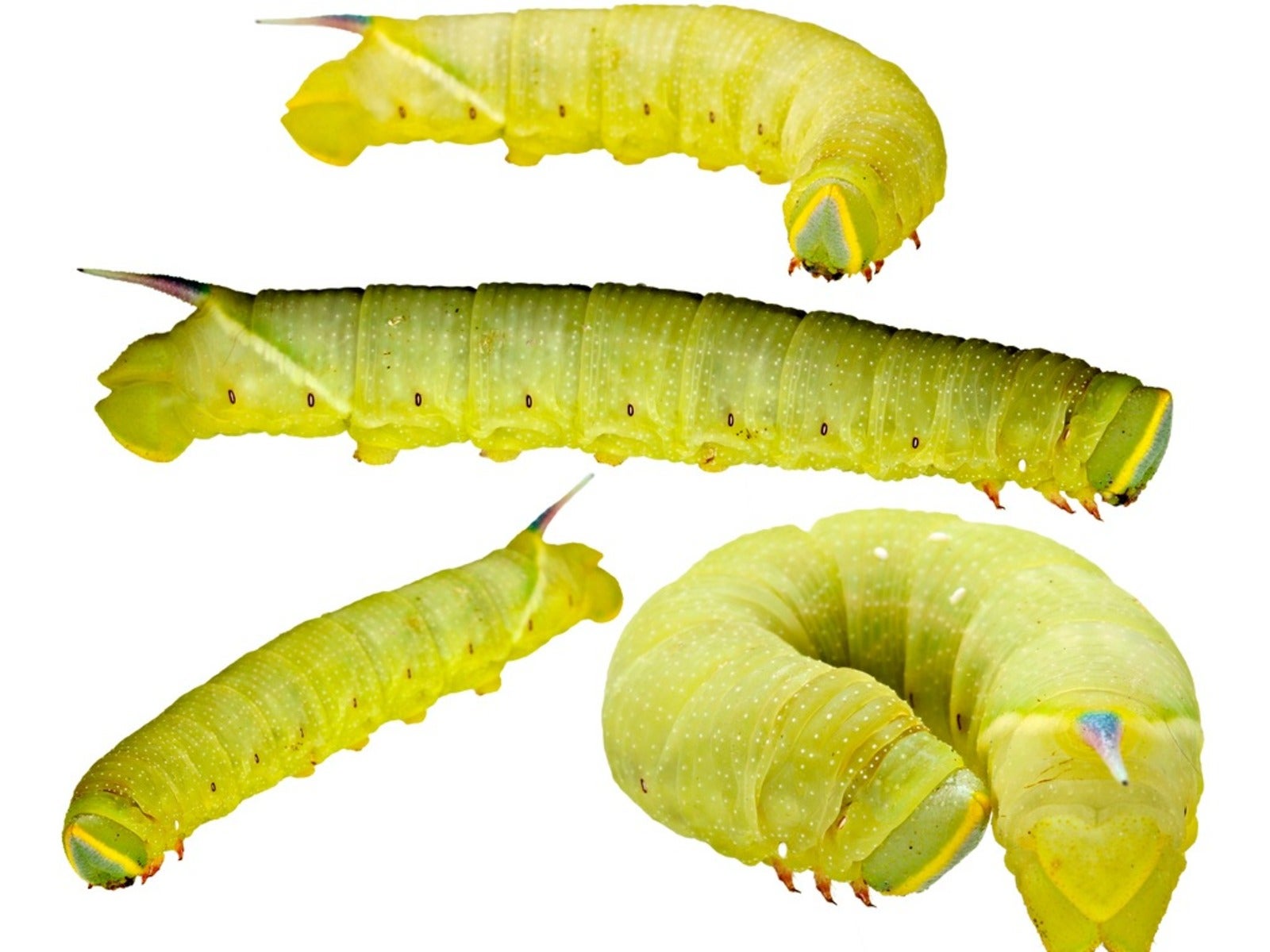Learn About The Walnut Sphinx Caterpillar That Sounds Like A Bird


There are many unique sounds in the world. Our ears are finely attuned to noises of many levels, and some can pick up the faintest sounds. But have you ever heard a screaming caterpillar? We tend to think of butterflies, moths, and other insects as mostly soundless. Some insects like cicadas and crickets are rather noisy, but most are silent. Caterpillar sounds are faint and hard to discern without certain electronic equipment, but recent studies have shown they are there.
Moths are often confused with butterflies. But in general, moths are nocturnal, while butterflies flit about in the sun. Many moths have excellent camouflage to avoid predators. One such is the Walnut Sphinx. These large moths can be hidden in plain sight on the bark of trees, or stems of woody plants. Their coloring resembles that of a dead leaf. But one of the more interesting facts about this insect is the Walnut Sphinx caterpillar whistle.
The Walnut Sphinx Caterpillar
The adults in the Walnut Sphinx family tend to hang out by wild nut trees like walnut, butternut, and hazelnut. It is wild in the deciduous woods of eastern North America. The mature moths are about 2.5 inches (6 cm) in wingspan. The caterpillars are much larger, a whopping 4-5 inches (10-15 cm). They are bright green and sport a horn on the posterior. The skin is adorned with tiny, white granules. The larvae will eat the leaves of nut trees, beeches, hornbeam, and alder. Adults abstain from eating and are just interested in procreation. In cool regions there is 1 generation from July to October, while warmer zones may get 3 generations. When touched, this caterpillar responds by violently thrashing about.
What Sound Does a Caterpillar Make?
Caterpillars are the larvae of butterflies and moths. They are worm-like but with chubby bodies and come in a variety of colors and sizes, each unique to its species. Most of us have kept a cocoon in a jar to watch the miracle of the emerging moth or butterfly. And most of us haven't heard a thing.
But such is not the case with the Walnut Sphinx caterpillar. When touched or otherwise startled and annoyed, the caterpillar sounds a bit like a screeching bird. Some have referred to this as tweeting or squeaking. The sound is very faint and only detectable by those with excellent hearing in a quiet space. It is thought this noise will startle predatory birds. The noise, when played for nearby birds, causes them to fly quickly to cover.
How Does a Caterpillar Squeak?
Vocal chords are the usual method of auditory communication, but caterpillars didn’t evolve to be orators. Their wriggling at being bothered causes some specialized features to rub together. The spiracles, usually used for breathing, are the genesis of the noise. But with the Walnut Sphinx, there are special spiracles on the eighth segment of its body. When the larva wriggles around, it contracts the frontal segments. This forces air from the spiracles on the eighth segment, producing the noise.
Studies have found the caterpillar’s noise is at the same frequency and includes the characteristic lilt of a chickadee tweet. There are species of butterfly pupae, brush-footed and swallowtail, that also make a twittering sound. This stems from special plates that rub together, producing the noise. It is thought the pupae make the sound to discourage predators.
Sign up for the Gardening Know How newsletter today and receive a free copy of our e-book "How to Grow Delicious Tomatoes".

Bonnie Grant is a professional landscaper with a Certification in Urban Gardening. She has been gardening and writing for 15 years. A former professional chef, she has a passion for edible landscaping.